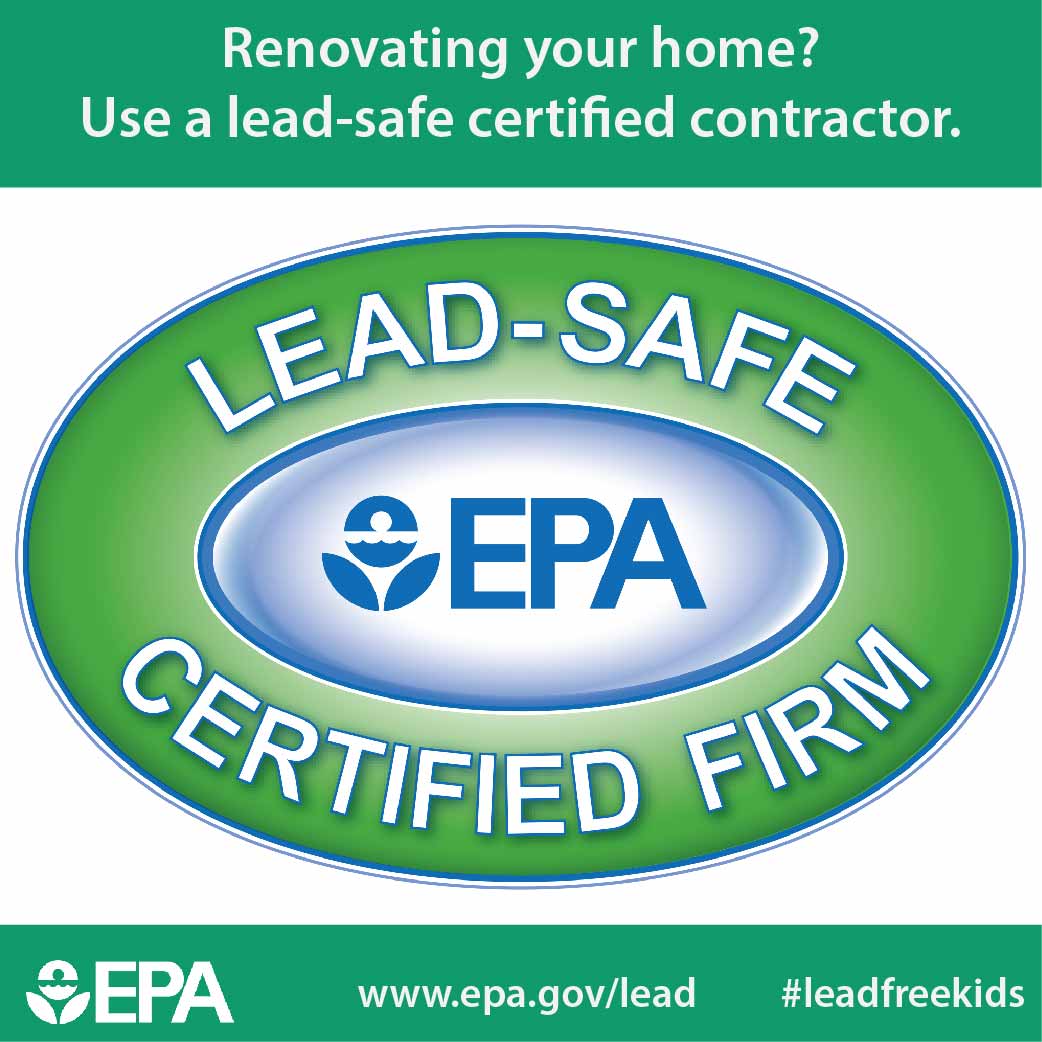Seasonal Factors To Consider For Business Exterior Paint: What You Required To Know
Seasonal Factors To Consider For Business Exterior Paint: What You Required To Know
Blog Article
Material Create By-Carlson Rosendal
When you're preparing a commercial external paint task, seasonal aspects can make or break your results. local house painters 'll wish to think about how temperature and humidity impact paint application and drying out times. Picking the appropriate period can ensure your paint sticks effectively and lasts much longer. Yet which seasons are really the most effective for this kind of work? Let's discover the crucial elements that can influence your project's success.
The Effect of Temperature Level on Paint Application
When you're preparing a business outside painting project, the temperature level can dramatically impact how well the paint sticks and dries out.
Ideally, you want to repaint when temperatures vary in between 50 ° F and 85 ° F. If it's as well chilly, the paint might not cure appropriately, leading to problems like peeling off or cracking.
On discover here , if it's as well warm, the paint can dry out too promptly, protecting against correct bond and leading to an unequal coating.
You need to also think about the moment of day; morning or late afternoon provides cooler temperatures, which can be more beneficial.
Constantly inspect the manufacturer's recommendations for the certain paint you're utilizing, as they commonly provide guidance on the optimal temperature level array for ideal results.
Humidity and Its Result on Drying Times
Temperature level isn't the only ecological factor that influences your industrial outside painting job; humidity plays a substantial duty as well. High moisture levels can slow down drying out times significantly, affecting the overall high quality of your paint task.
When the air is saturated with dampness, the paint takes longer to cure, which can result in problems like poor bond and a greater threat of mildew development. If you're painting on a specifically moist day, be prepared for prolonged wait times between coats.
It's vital to keep an eye on neighborhood weather and plan as necessary. Preferably, go for humidity levels between 40% and 70% for optimum drying.
Maintaining these consider mind ensures your task stays on track and delivers a long lasting finish.
Best Seasons for Commercial Outside Paint Projects
What's the most effective season for your industrial outside painting tasks?
Spring and very early loss are typically your best choices. Throughout these periods, temperatures are moderate, and humidity levels are usually lower, creating suitable conditions for paint application and drying.
Avoid summertime's intense heat, which can cause paint to dry also promptly, resulting in bad adhesion and finish. In a similar way, winter months's cold temperatures can prevent proper drying and treating, taking the chance of the long life of your paint work.
Aim for days with temperatures between 50 ° F and 85 ° F for optimum outcomes. Bear in mind to inspect the neighborhood weather report for rainfall, as damp conditions can destroy your job.
Preparation around these factors guarantees your painting project runs smoothly and lasts longer.
Verdict
Finally, preparing your business outside paint jobs around seasonal factors to consider can make a substantial difference in the end result. By organizing job during the suitable temperatures and humidity levels, you'll make sure much better adhesion and drying out times. Bear in mind to keep an eye on local weather forecasts and choose the right time of year-- spring and very early autumn are your best options. Taking these steps will help you attain a durable and professional coating that lasts.
